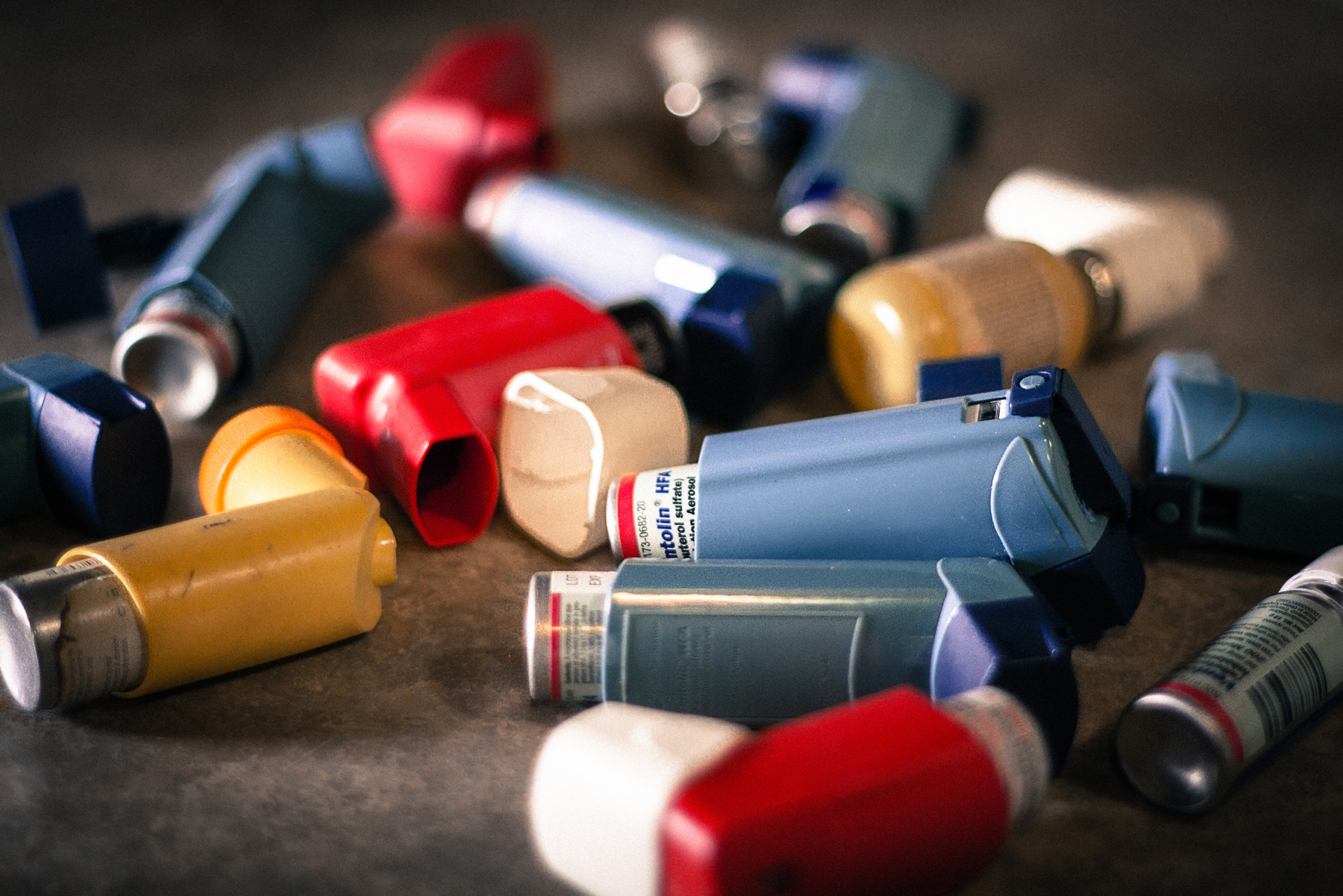Yeast found in babies’ guts increases risk of asthma
February 17, 2017

February 17, 2017

University of British Columbia microbiologists have found a yeast in the gut of new babies in Ecuador that appears to be a strong predictor that they will develop asthma in childhood. The new research furthers our understanding of the role microscopic organisms play in our overall health.
“Children with this type of yeast called Pichia were much more at risk of asthma,” said Brett Finlay, a microbiologist at UBC. “This is the first time anyone has shown any kind of association between yeast and asthma.”
In previous research, Finlay and his colleagues identified four gut bacteria in Canadian children that, if present in the first 100 days of life, seem to prevent asthma. In a followup to this study, Finlay and his colleagues repeated the experiment using fecal samples and health information from 100 children in a rural village in Ecuador.
Canada and Ecuador both have high rates of asthma with about 10 per cent of the population suffering from the disease.
They found that while gut bacteria play a role in preventing asthma in Ecuador, it was the presence of a microscopic fungus or yeast known as Pichia that was more strongly linked to asthma. Instead of helping to prevent asthma, however, the presence of Pichia in those early days puts children at risk.
Finlay also suggests there could be a link between the risk of asthma and the cleanliness of the environment for Ecuadorian children. As part of the study, the researchers noted whether children had access to clean water.
“Those that had access to good, clean water had much higher asthma rates and we think it is because they were deprived of the beneficial microbes,” said Finlay. “That was a surprise because we tend to think that clean is good but we realize that we actually need some dirt in the world to help protect you.”
Now Finlay’s colleagues will re-examine the Canadian samples and look for the presence of yeast in the gut of infants. This technology was not available to the researchers when they conducted their initial study.
This research was a collaboration with Marie-Claire Arrieta, a former UBC postdoctoral fellow and now an assistant professor at the University of Calgary, and Philip Cooper, a professor at the Liverpool School of Tropical Medicine.
We honour xwməθkwəy̓ əm (Musqueam) on whose ancestral, unceded territory UBC Vancouver is situated. UBC Science is committed to building meaningful relationships with Indigenous peoples so we can advance Reconciliation and ensure traditional ways of knowing enrich our teaching and research.
Learn more: Musqueam First Nation